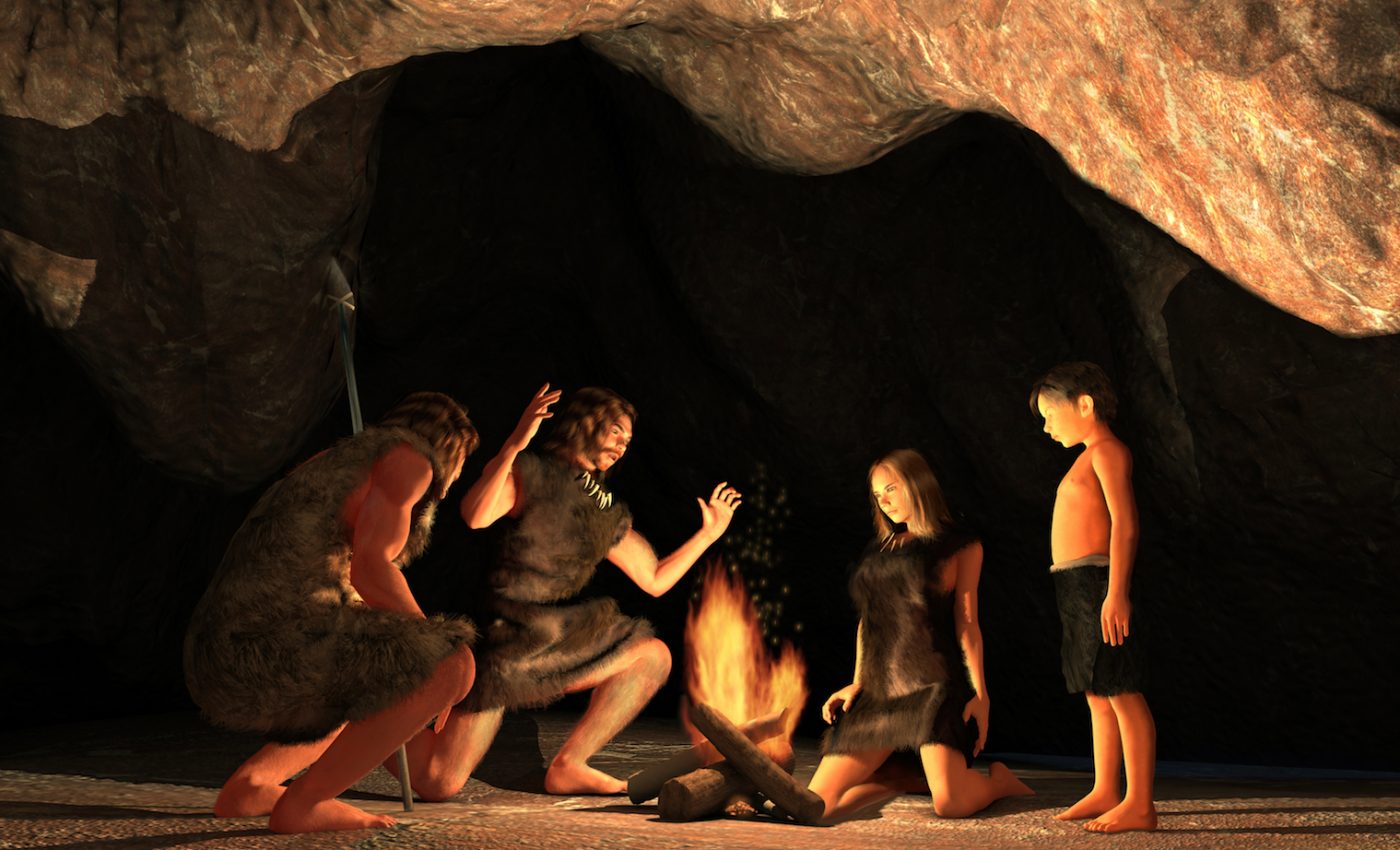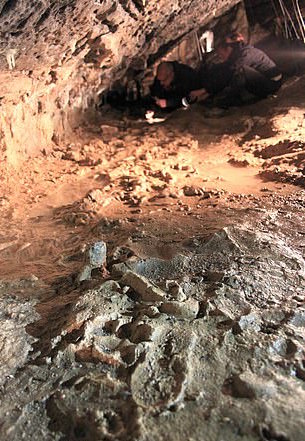
New study reveals that Stone Age families crawled through caves for fun
New study reveals that Stone Age families crawled through caves for fun. A new study by researchers from Italy, Argentina, and South Africa has identified a previously unknown pastime shared among groups of humans in the late Stone Age. The research suggests that families explored caves for fun, crawling on their hands and feet with wooden torches.
The cave of Bàsura at Toirano and its fossils have been studied since the 1950s. For the current study, which was supported by the Archaeological Heritage Office of Liguria, the team used multiple approaches to analyze the human traces. For the first time, crawling behaviors were identified from around 14,000 years ago.
“In our study, we wanted to see how ancient humans explored this fascinating cave system,” said study first author Marco Romano of the University of the Witwatersrand. “Specifically, we set out to discover how many people entered the cave, whether they explored as individuals or as a group, their age, gender and what kind of route they took once inside the cave.”
To investigate, the researchers studied 180 tracks from within the cave, including foot and handprints that were preserved on the clay-rich floor. They used different types of 3D modelling, modern dating methods, and software to analyze the tracks.
“Together, these approaches allowed us to construct a narrative of how the humans entered and exited the cave, and their activities once they were inside,” explained Romano.
The team determined that five individuals, including two adults, an adolescent around 11 years old, and two children of three and six years old entered the cave barefoot and carried wooden torches to see in the dark.
The first evidence of crawling was found in footprints from a low tunnel, which was a route taken to access the inner part of the cave. Anatomical details in the footprints suggest that the group had bare legs as they explored.
Some of the handprints were “unintentional” and related only to exploring the cave, yet others appeared to be “intentional” and represented social or symbolic activities which took place within the inner chambers. “Hunter-gatherers may therefore have been driven by fun activities during exploration, as well as simply the need to find food,” said Romano.
“Together, our results show how a varied approach to studying our ancestors’ tracks can provide detailed insights on their behaviour,” concluded study senior author Marco Avanzini. “We hope our approach will be useful for painting similar pictures of how humans behaved in other parts of the world and during different periods of time.”
The research is published in the journal eLife.
—
By Chrissy Sexton, Earth.com Staff Writer















